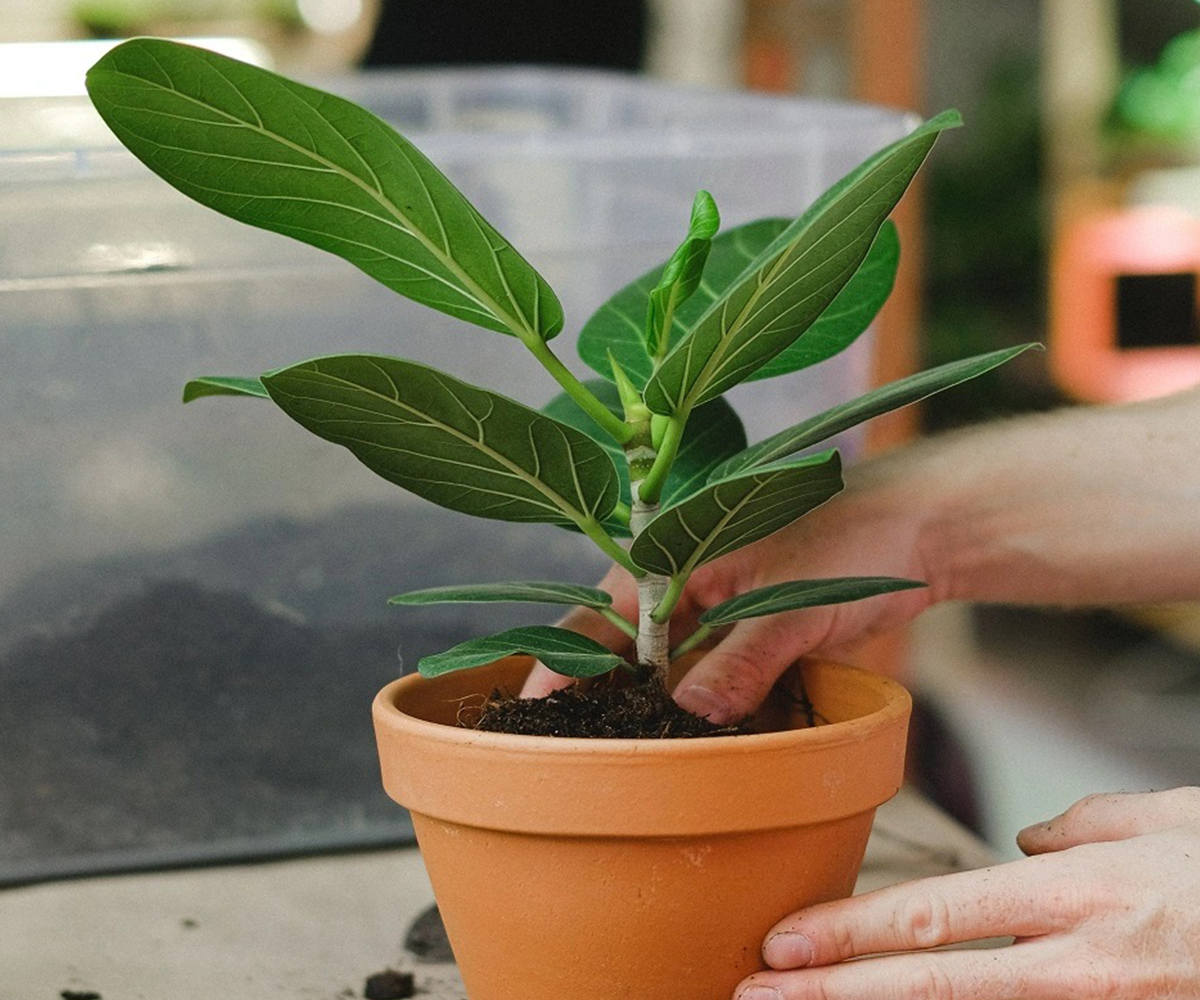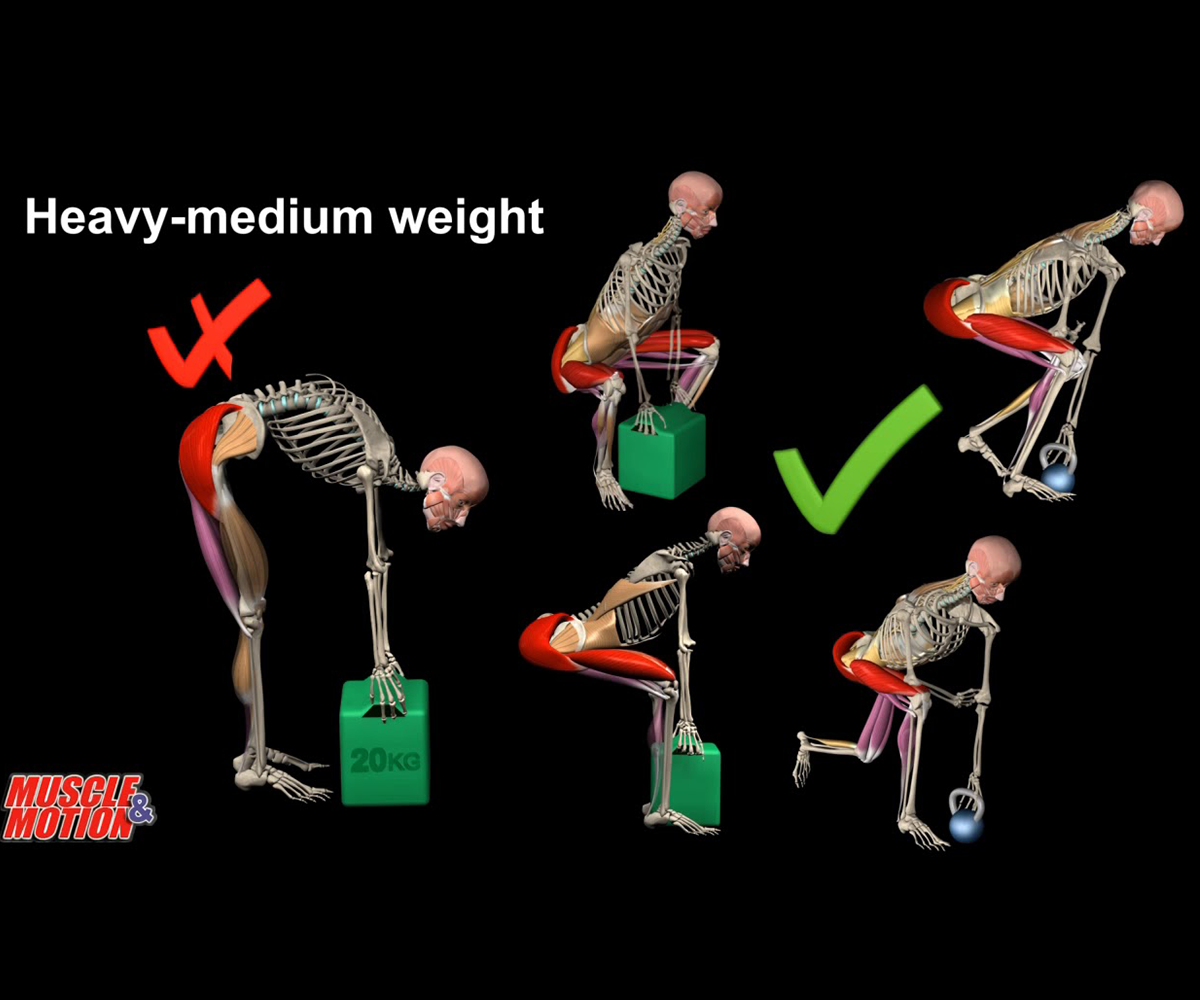- Determine whether your state or nation has any limitations on bringing in houseplants.
- Confirm that your plants can survive in your new environment.
- Determine who will carry your plants.
- Plant repotting
- Take care of your plants
- Wrap your plants in newspaper.
- Place your plants in their individual containers.
- Label your containers
- If feasible, inspect your plants while they are in transit.
- Remove the boxes
- Keep an eye on the health of your plants.



